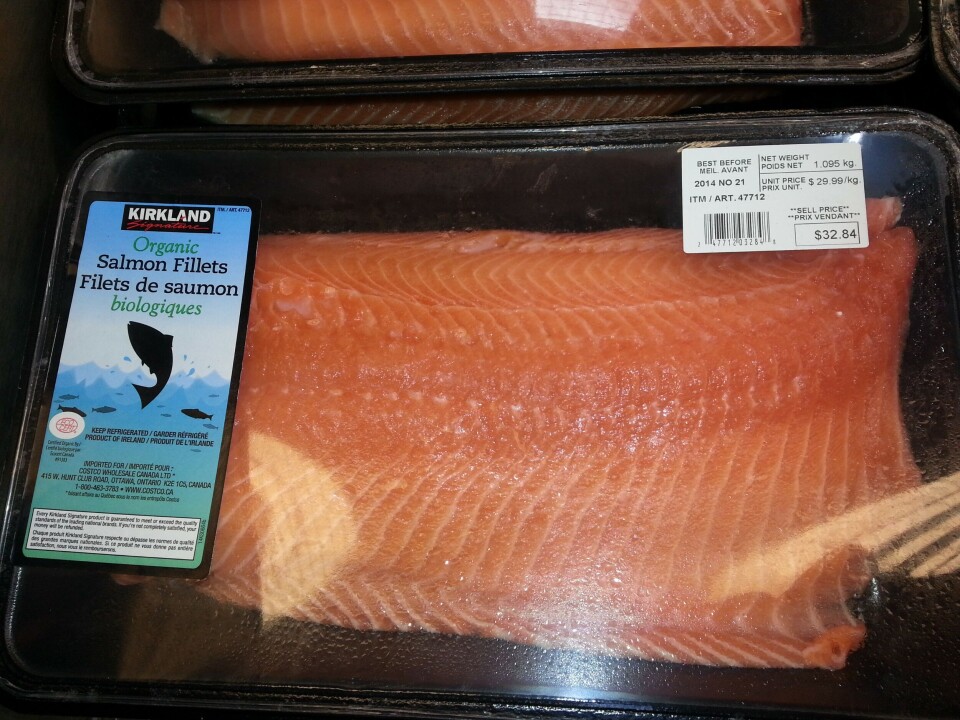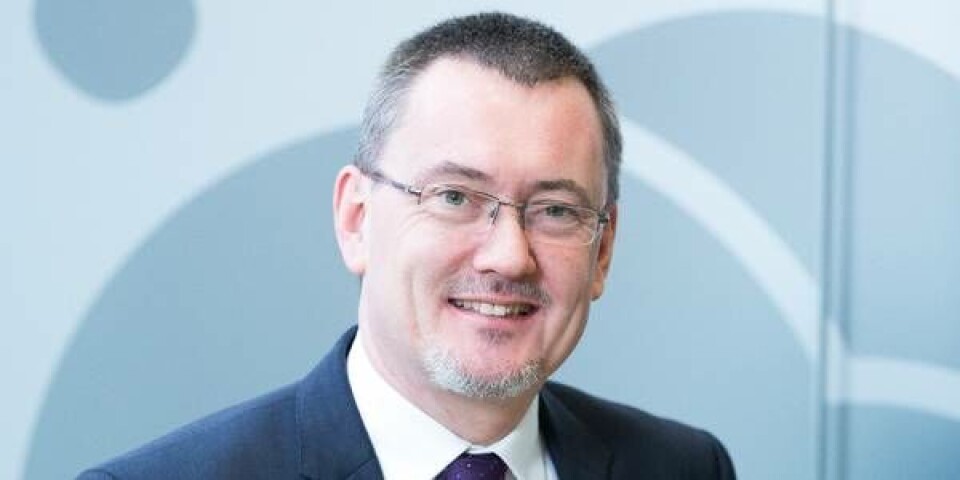
Irish aquaculture production soars
Salmon and oysters helped to lift aquaculture production in Ireland by 9 per cent last year to reach 44,000 tonnes, according to the latest figures from the country’s seafood development agency BIM.
The value of aquaculture production in Ireland rose 13 per cent to €167 million at first point of sale in 2016, up by €19 million from the previous year.
The primary drivers for the increased performance were the continued development of the salmon and gigas oyster sectors.
Salmon production was said to have had “extremely successful year” with production reaching 16,300 tonnes, valued at €105 million, an increase of “4 per cent and 13 per cent respectively. Salmon hatchery facilities also produced stock valued at €4 million.
10,000 tonnes of oysters
Production of gigas oysters increased to almost 10,000 tonnes, up from just over 9,000 tonnes in 2015, with the value up from €35 million to €41million. Gigas oyster production now accounts for 25 per cent of Ireland’s overall aquaculture production by value, and 74 per cent of the value of the aquaculture sector.
BIM’s annual survey showed that the industry provides more than 1,900 jobs, up 6 per cent on 12 months earlier. The oyster industry is the largest employer, which 1,300 positions.
The survey described said the seabed cultured and rope mussel sector experienced “another challenging year”, with combined production of 16,000 tonnes and a value of €12 million. The survey noted: “The value is slightly down on 2015 values and reflects the continued challenge of acquiring seed mussels in the seabed cultured sector and a competitive market. Despite this, the seed settlement in previous years has increased and this should become evident in the returns for 2017. Both sectors though are unfortunately subject to difficult market conditions in Europe at the moment.
Novel species such as perch, abalone and urchin continue to be in production at stable levels. Perch production is due to be increased this year.
New chief announced

Meanwhile, BIM has announced the appointment of Jim O’Toole as its new chief executive. He previously held the position of director of meat and livestock and sustainability development in Ireland’s food board, Bord Bia where he led a team of senior executives in the development of Bord Bia’s Origin Green initiative. Previous to this, he was responsible for the implementation of the agency’s Quality Assurance Schemes and gained experience in the marketplace with Bord Bia in London, Milan and Paris.
BIM chairman Kieran Calnan said: “Jim will apply his leadership abilities and knowledge of the agri-business sector towards implementing the shared vision BIM has developed for Ireland to become the international leader in high value, differentiated seafood products that satisfy the growing demand for healthy, safe and responsibly sourced seafood.”
O’Toole added: “I am excited by the challenge of delivering on the vision that has been articulated by the chairman and honoured to lead the team at BIM as we work closely with Industry to realise the potential of this valuable indigenous sector. I am thoroughly looking forward to meeting and gaining insights from as many of our stakeholders as possible in the next few months.”






















































